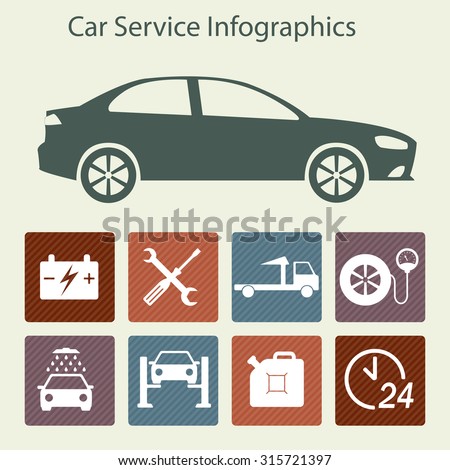Comprehending Your Automobile'S Caution Lighting: What Do They Actually Mean?
Comprehending Your Automobile'S Caution Lighting: What Do They Actually Mean?
Blog Article
Team Author-Sykes Alvarado
When you lag the wheel, those glowing caution lights on your control panel can be a bit perplexing. Do https://www.ksla.com/2022/06/21/tips-take-care-your-vehicles-air-conditioner-during-hot-weather/ recognize what they're trying to inform you regarding your cars and truck's wellness? Recognizing the importance of these lights is vital for your security and the longevity of your lorry. So, the next time among those lights pops up, wouldn't you intend to decode its message precisely and take the essential steps to resolve it?
Common Caution Lighting and Interpretations
Identify common caution lights in your car and recognize their meanings to ensure secure driving.
The most typical caution lights include the check engine light, which signifies concerns with the engine or exhausts system. If this light comes on, it's vital to have your vehicle examined promptly.
The oil pressure cautioning light indicates low oil stress, calling for instant attention to prevent engine damages.
A blinking battery light might suggest a damaged billing system, possibly leaving you stranded if not resolved.
The tire stress tracking system (TPMS) light notifies you to low tire pressure, impacting car security and gas effectiveness. Disregarding this might cause unsafe driving conditions.
The abdominal muscle light suggests an issue with the anti-lock stopping system, jeopardizing your ability to stop rapidly in emergencies.
Last but not least, the coolant temperature level alerting light warns of engine overheating, which can cause serious damages otherwise resolved swiftly.
Understanding these common warning lights will certainly assist you resolve concerns immediately and keep risk-free driving conditions.
Relevance of Prompt Attention
Recognizing the typical warning lights in your cars and truck is only the initial step; the value of quickly attending to these warnings can not be emphasized sufficient to ensure your safety and security when driving.
When a warning light brightens on your control panel, it's your car's method of communicating a potential problem that requires focus. Ignoring these cautions can cause more severe issues down the road, compromising your security and possibly costing you extra in repairs.
Motivate focus to advising lights can stop malfunctions and mishaps. As an example, a flashing check engine light might suggest a misfire that, if left unattended, can cause damages to the catalytic converter. Addressing this immediately can conserve you from a pricey repair work.
In a similar way, a brake system cautioning light may signal low brake liquid or used brake pads, essential parts for your safety when driving.
Do It Yourself Troubleshooting Tips
If you observe a warning light on your control panel, there are a couple of do it yourself troubleshooting pointers you can attempt prior to looking for professional assistance.
The initial step is to consult your cars and truck's manual to recognize what the certain caution light suggests. Often the issue can be as straightforward as a loosened gas cap triggering the check engine light. Tightening up visit this web-site might resolve the problem.
An additional typical issue is a low battery, which can activate various cautioning lights. Inspecting the battery links for deterioration and guaranteeing they're secure could deal with the trouble.
If a caution light continues, you can attempt resetting it by disconnecting the cars and truck's battery for a couple of mins and afterwards reconnecting it. Additionally, examining your car's fluid degrees, such as oil, coolant, and brake fluid, can assist fix advising lights associated with these systems.
Final thought
In conclusion, recognizing your automobile's caution lights is essential for keeping your automobile running efficiently and safely. By immediately addressing these signals and understanding what they mean, you can prevent expensive repair work and potential malfunctions.
Bear in mind to consult your auto's manual for certain details on each cautioning light and do something about it accordingly to guarantee a trouble-free driving experience.
Remain educated, remain safe on the road!
